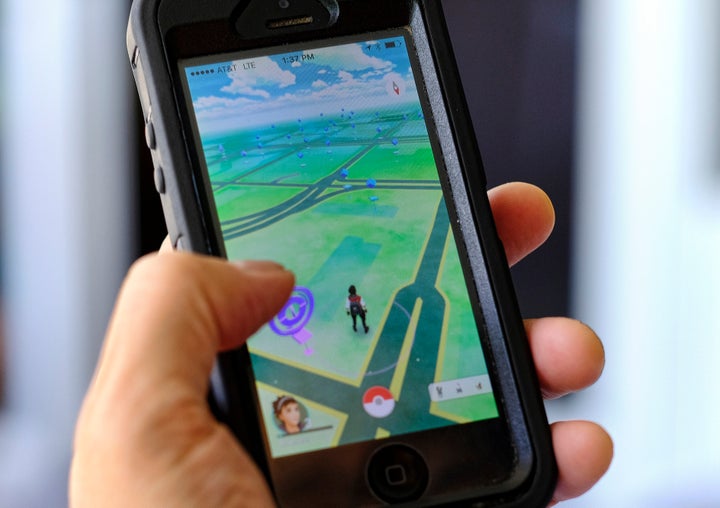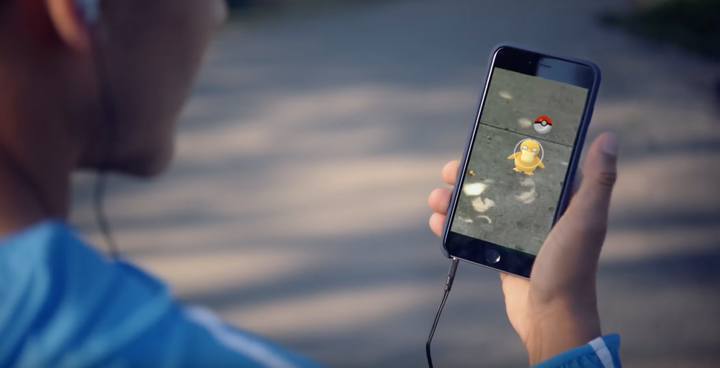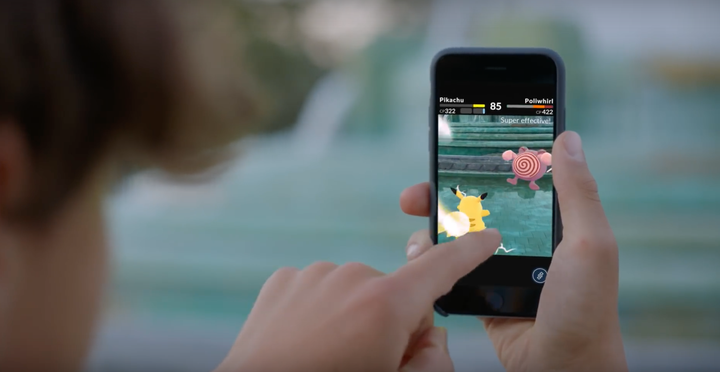Pokemon Go has, it’s fair to say, taken over the news of late. It’s hard to imagine there’s a person with access to Facebook or Twitter that hasn’t either heard of/or downloaded the iOS/Android mobile game.
The game’s phenomenal success has spawned a tidal wave of news both good and bad thanks in part to its now million-strong army of users. People are even using it more than Facebook.
Despite all of this, there are probably a great many number of people who are still Googling to find out just what all the fuss is about.
As the famous book once said: Don’t panic.
Here is an idiot’s guide to Pokemon Go, augmented reality games and why hundreds of millions of people are now running around parks in small packs.
What is Pokemon Go?
Pokemon Go is a mobile game which is compatible with smartphones running iOS or Android.
It can be downloaded via the iPhone app store or Google Play store.
The game uses a new technology called augmented reality, what this does is layer a game/virtual experience over the real-world.

The aim of the game is to catch creatures called Pokemon, train them and then eventually compete in battles against other players.
Open up the app and you’ll be presented with your character standing over a map, this is where the real-world and the game world are combined, meaning that if you walk down the street in real-life you’ll walk down the same street in the game world.
This game world is inhabited by three types of interaction:
Pokemon: Assorted creatures which are dotted around the real-world and can be caught.
Pokestops: Real-world points of interest (pubs, shops, post offices) which when visited provide you with items within the game.
Gyms: Important locations (churches, museums, statues, historic buildings) which players can become masters of. To become a gym master you must either find an uncontested gym or beat the current master using the Pokemon you have collected.
How does Pokemon Go work?
It’s actually pretty straightforward. Pokemon are dotted all over place, and in just the same way that real animals live in different environments so too do Pokemon.
A perfect example is if you walk to a lake or beach you’re going to find a lot of water-based Pokemon. Head to a park or forest and you’ll find an abundance of grass-based Pokemon.

Once they appear on the screen you have the chance to catch them. To do this you use a device called a Pokeball. You simply throw the Pokeball at the Pokemon and if thrown accurately, it will trap the Pokemon inside.
So how do you win in Pokemon Go?
The game’s main goal is really about being a perfectionist. There are 151 Pokemon in Pokemon Go, and each new one is added you the Pokedex: a digital encyclopedia which contains information each Pokemon.
Of course another way to win is to pick a gym and consistently become the master of that gym.

As players move around the real-world they’ll have the opportunity to contest gyms by battling their Pokemon against each other. Whoever is the winner becomes the master of that gym.
Why has Pokemon Go becomes so big?
Well for starters it’s really fun. The game’s ultra-simple interface means that it asks very little of you other than the desire to explore.
It’s also the first major augmented-reality game to get traction. By using the phone’s location and camera it can give you the illusion that there is indeed a Pokemon there on the street in front of you.

Of course for many there’s going to be the nostalgia element. Pokemon and Nintendo have very cleverly chosen to only use the 151 original Pokemon that many people will have tried to catch as children using their GameBoy’s.
Finally, it’s something different. Most mobile games like Candy Crush, Angry Birds etc ask so little of you. Pokemon Go doesn’t function unless you physically get outdoors and explore the world around you. It even has rewards for walking specific distances.
